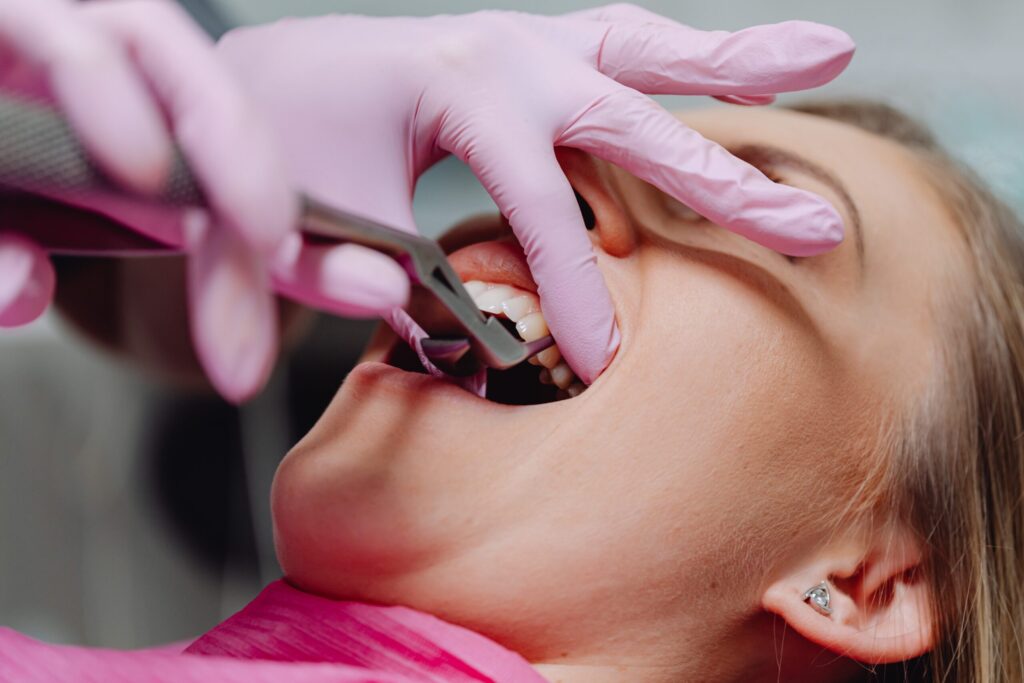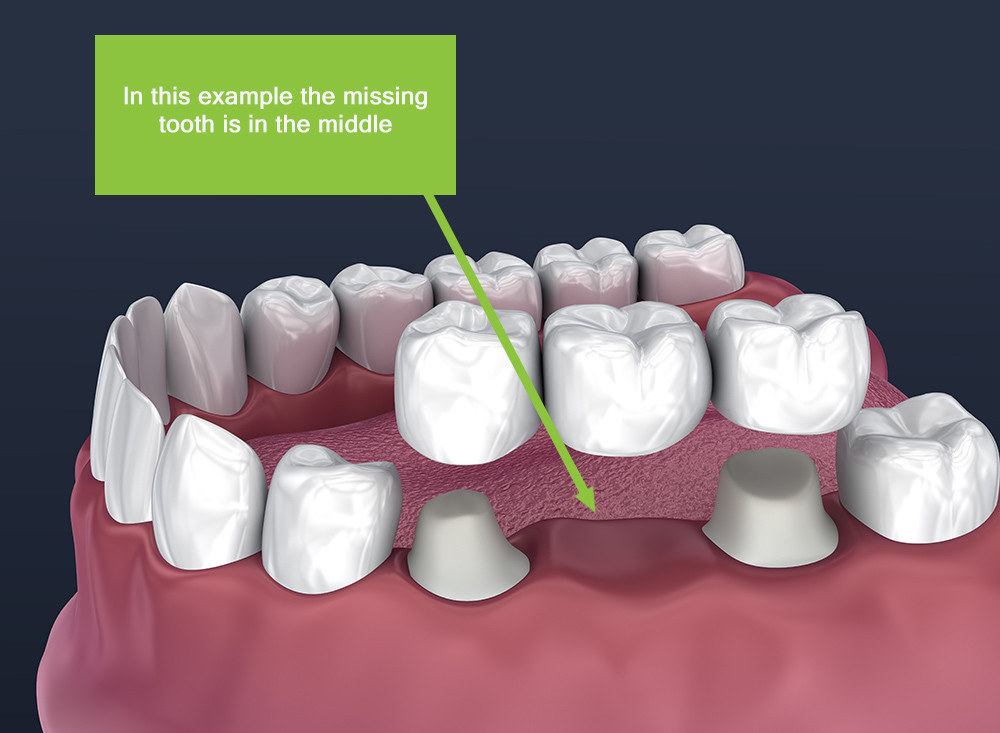If you happen to live anywhere near Brampton, Ontario and you have any question about whether or not a tooth extraction might be necessary in your case, you should contact Mayfield Dental Clinic right away. Our specialists can answer any questions you might have, or schedule you for the earliest possible appointment to have your tooth examined. If your case isn’t as urgent, you can simply follow the guidelines discussed below to determine whether or not you’ll need to have a tooth extracted. Tooth extractions involve the actual removal of a tooth from its socket in the jawbone, and they are generally necessary when a tooth has become infected, impacted, or if tooth decay has become far advanced. Continue reading below to find out more specifics about when extractions are indicated.
Teeth are impacted by cysts or tumors
Cysts are abnormal tissue lumps that can form in various parts of the body, and when one forms around your tooth, it’s very possible that the cyst can cause major damage to the tooth, so you may need to have it extracted. Tumors sometimes grow around the jawbone, and this can cause severe damage to the tooth, prompting an extraction.
Advanced gum disease
This is a fairly common reason for having a tooth extracted. The process usually begins as swollen, tender, or reddened gums that often bleed when you’re brushing your teeth. If the gum inflammation is transferred to a tooth socket anchoring your tooth, it’s very possible that an extraction might be necessary in order to relieve that inflammation.
Fractured tooth
If you’ve broken or fractured a tooth, this might require an extraction, especially if it is accompanied by severe pain. Sometimes a broken tooth can be repaired, but if it cannot be in your case, extraction may be the only alternative. Fractures are fairly common, and often occur as a result of sports injuries, auto accidents, and other traumatic impacts affecting the mouth. In many cases, these are emergency situations and need to be dealt with at the earliest opportunity.
Severe decay
If you or someone you know has allowed tooth decay to progress to the point where a tooth has become severely damaged by decay, it may need to be extracted. Many dentists will recommend dental implants to replace a missing tooth that has become severely decayed, as long as there is sufficient jawbone to support an implant.
Severe tooth pain
Sometimes the actual source of tooth pain cannot be pinpointed, and your Brampton Dentist may simply recommend an extraction so as to remove the most obvious source of the issue. This sometimes happens when various other options have already been tried and nothing has been met with success. As a last resort, an extraction may finally remove the source of pain, so you can at least be comfortable again.
How tooth extractions are performed
There are two basic kinds of tooth extractions which dentists perform, those being surgical and non-surgical. During a surgical tooth extraction, the patient is anesthetized and a small incision is made in the gum line. Next, the tooth would be physically removed using forceps, and some cotton or gauze would be quickly placed to control bleeding. This will be changed every half an hour till the bleeding is controlled
A non-surgical tooth extractionis similar but can be performed on an outpatient basis right in the dentist’s office. Some kind of anesthetic is administered to the patient so as to lessen any pain, and then forceps are again used to extract the tooth. In either case, there may be some discomfort in the immediate aftermath, but this dies down within a day or so, and patients are advised to take medication to manage the pain in the meantime.




